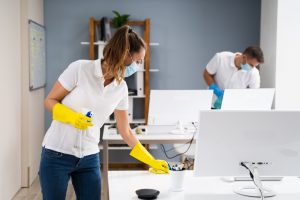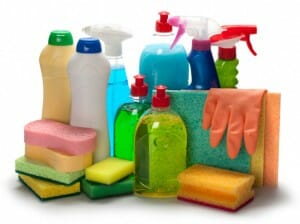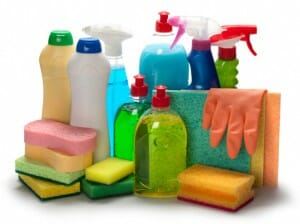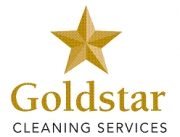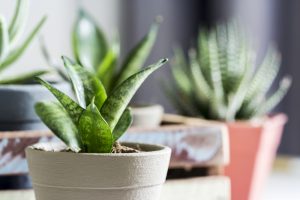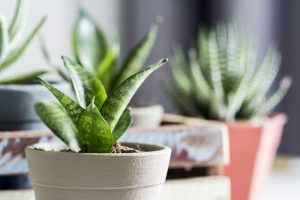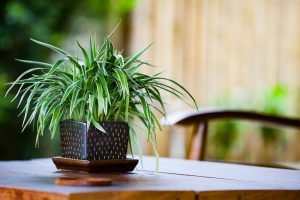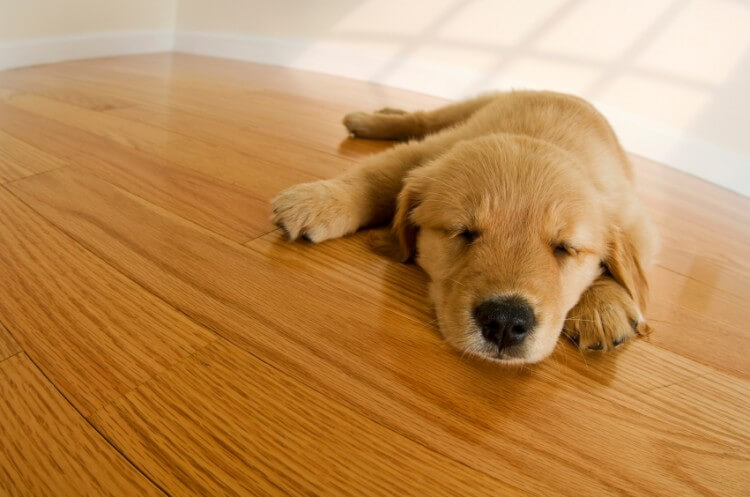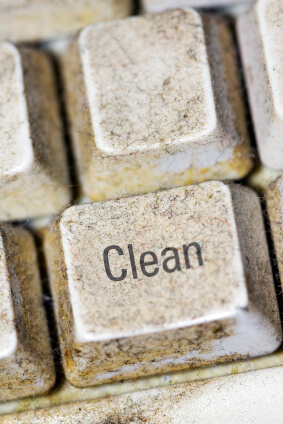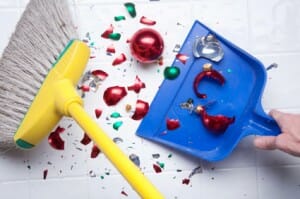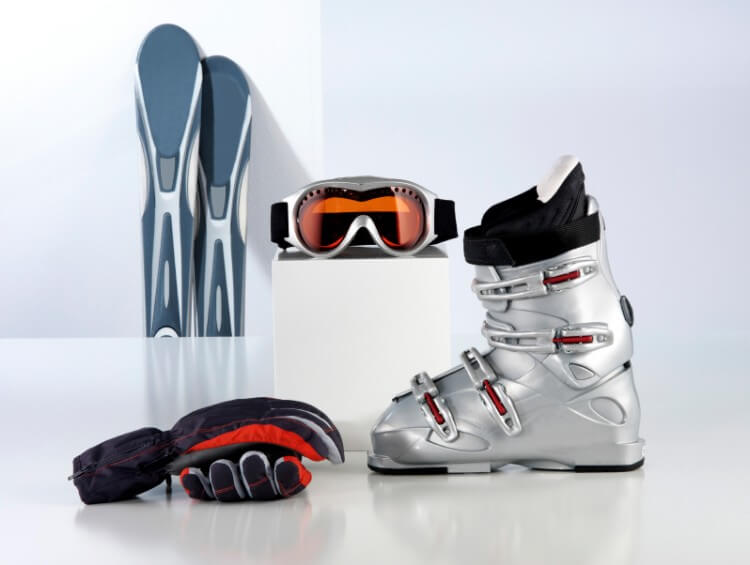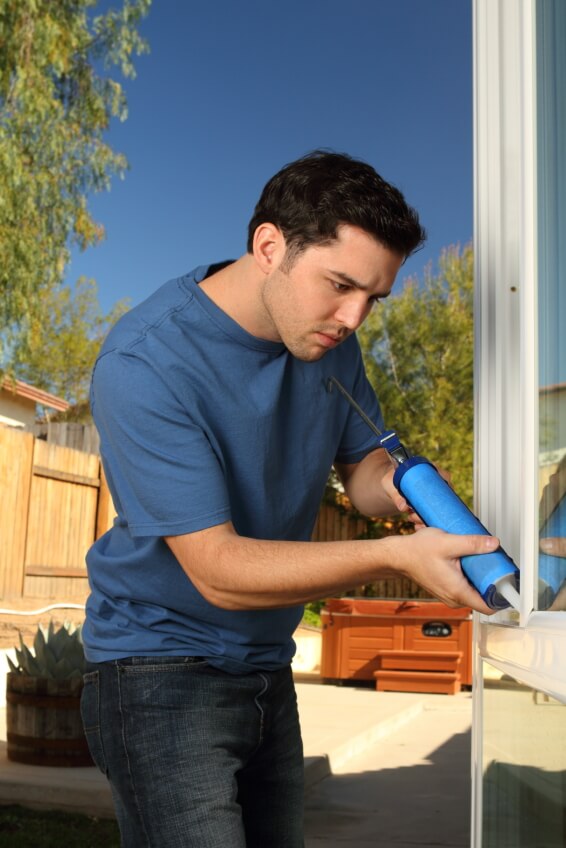Looking for a Commercial Cleaner – Book a Site Survey First!
When considering outsourcing the cleaning of your commercial space be sure to book a site survey of your premise first. The opportunity to walk through your space with your professional cleaners is an invaluable step in ensuring a successful partnership before the work begins. And could save you the loss of time and money in the future from miscommunication and unmet needs.

What Do We Look at In Our Site Surveys?
With almost 20 years in the industry, we at Goldstar know that each client partnership and each cleaning job is unique. So, we use the site survey of your commercial space to make sure we are on the same page from day one and that your facility’s unique needs are met. And continue to be met. During our site survey you can expect us to assess the following when looking at the areas to be cleaned.
- The Types of Surfaces
- Volume of Traffic
- The Types of Soils Present
- Current process and methods for Cleaning/Maintenance
- Goals and needs for Cleaning process
- Improvements to current cleaning process
Next: A Right Plan of Action
Once the above is assessed and discussed, you want to make sure your professional cleaners also have the right products and the right equipment to fulfill your goals and needs. Not all cleaning products are the same and a site survey will allow an accurate assessment of the soils in your workspace that needs to be addressed. The right product or purpose cleaner for your area will provide your establishment a higher quality clean, in the most time-efficient manner. Having the right equipment for the job is also essential in making this happen. Different types of flooring and the size of your premise may require different plans of actions.
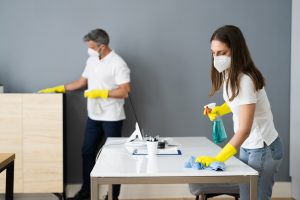
Let’s Work Towards the Same Goal
Our years of expertise in commercial cleaning has given us a great understanding of many different environments and solutions for tackling daily and long-term cleaning goals. We use our site surveys to tailor a unique and comprehensive cleaning plan for your commercial facility. By working closely with you we will determine what your goals are and what works best for you. A site survey will help us find the best solution for your facility which will result in improved results. So, your business can focus on its business!
Call Goldstar Cleaning Services Group at +1 (250) 423-4029 now to inquire about a site survey of your commercial facility to see what we can do for you!


